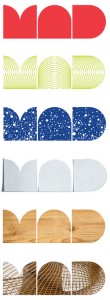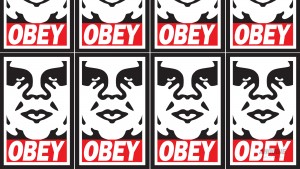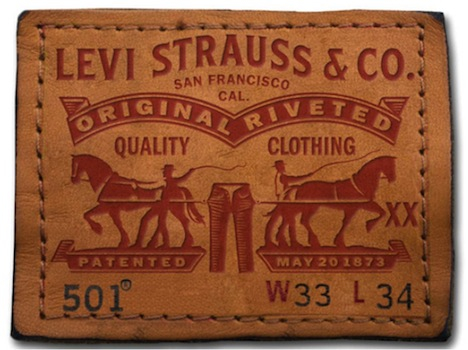This class was an excellent ending to the Media, Marketing and Communications series. If you would have asked me if I was interested in marketing prior to fall term, I would have said no way. I had the idea of marketing being this dry, business thing that was beyond me. However, what I have discovered is, marketing is a very creative process and an artform in itself. It is the process of analyzing a situation or problem, researching, coming up with a creative solution, designing and crafting a plan.
I feel it is a good idea to have two terms to fully develop the skills necessary to implement a marketing plan. During MMC I, we researched an organization and its context, generated a SWOC and situational analysis, branded and created collateral, and established graphic standards. This deeply informed the process of effectively marketing our chosen organization in MMC II. The experience of working with a real life start up organization, like Eugene Printmakers, definitely reinforced my learning from last term while also allowing me to stretch into new material.
Marketing has so much to do with understanding the audience served and responding to their needs, desires and values. The various marketing strategies we explored and utilized were diverse and could be applied in a range of settings. I think this important in order to facilitate accessibility for all. For example, when an organization understands the demographics of its audience, like age or abilities, they can tailor their marketing strategies to broaden their audience or cultivate knowledge and commitment in already existing members.
I am excited by what I have learned about social marketing and its potential as a tool to reach a diverse audience and get the message out to a lot of people which could lead to growth in an organization. The idea of virtual third spaces becoming a channel for the exchange and sharing of information is fascinating to me. I would like to delve into this more in the future and become fluid using web-based channels.












